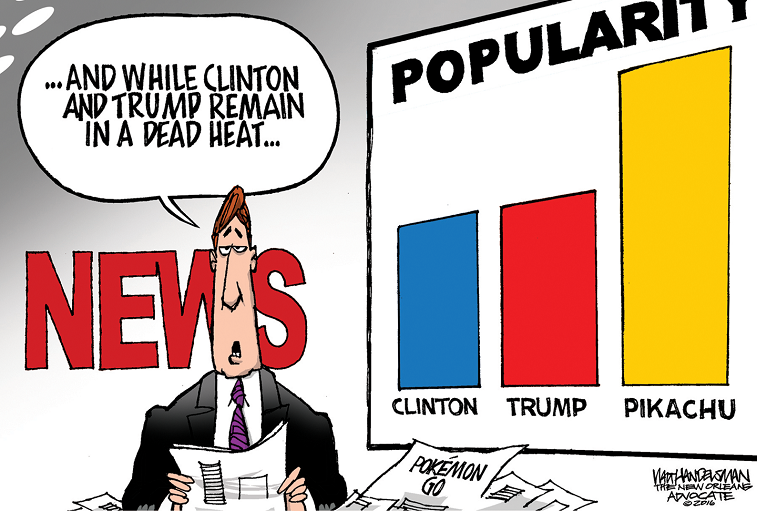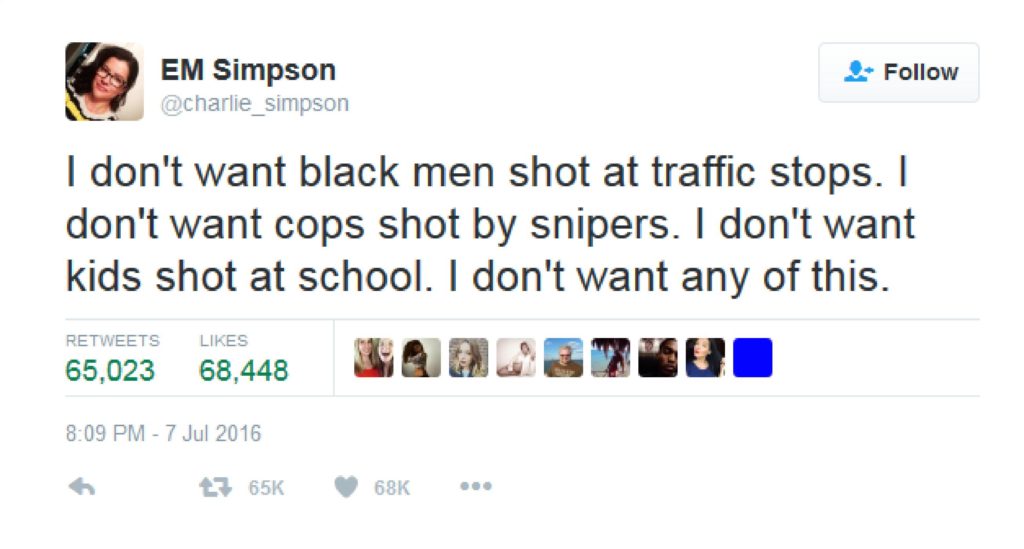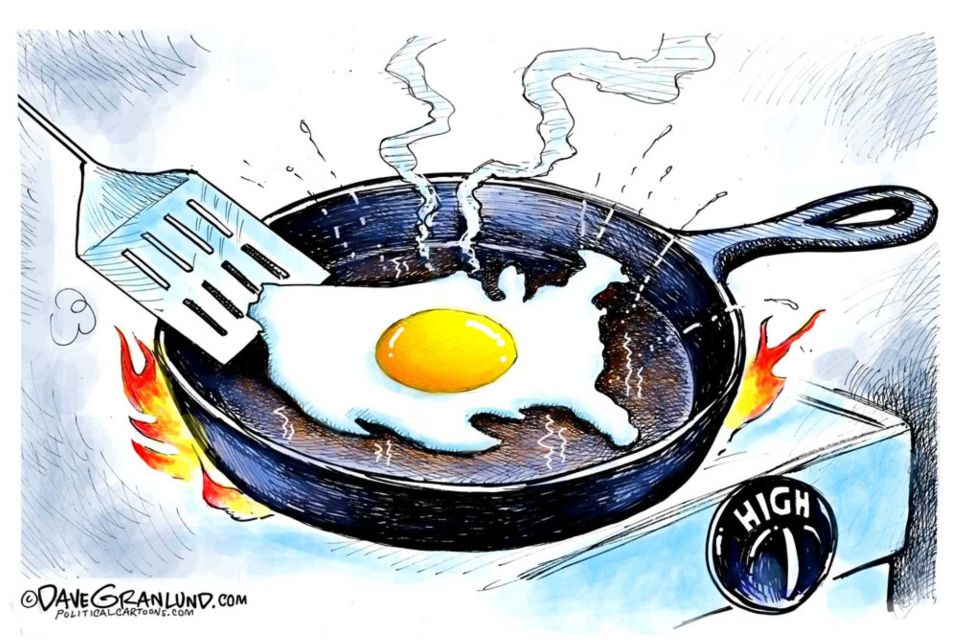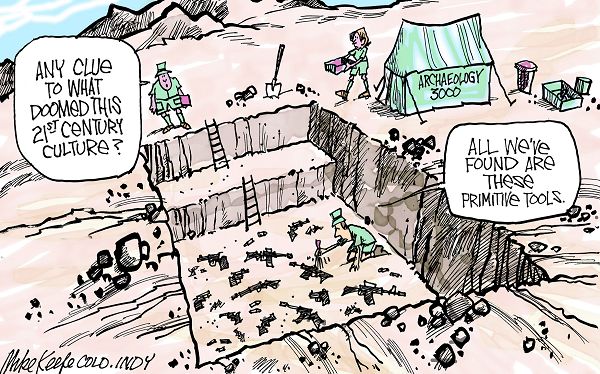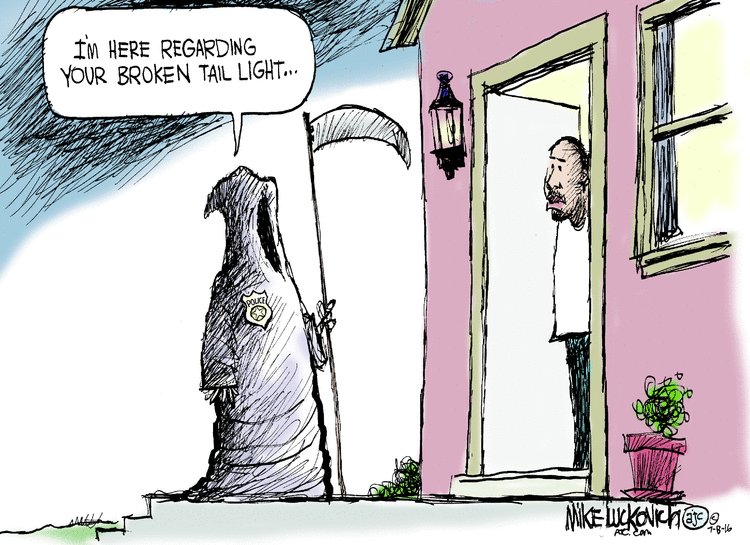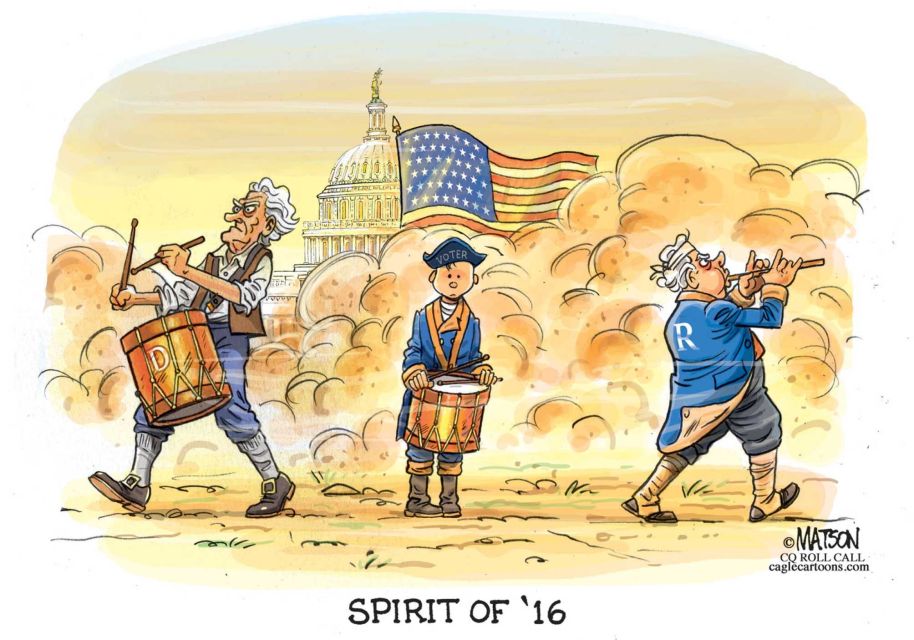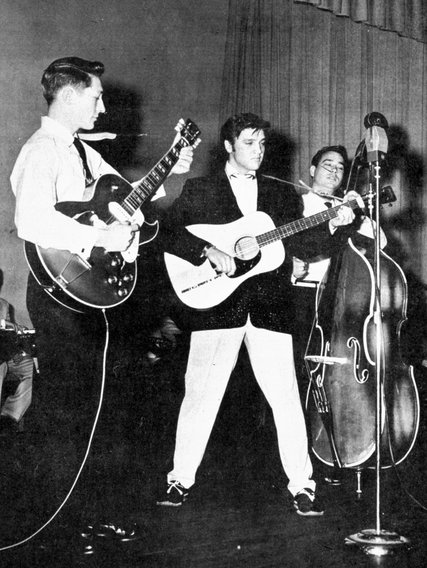Yes, you heard that correctly, AARP, the insurance company that styles itself as a champion for senior citizens has become a corporate sponsor of ALEC.
Let’s remember what ALEC is: The name stands for the American Legislative Exchange Council. It operates by offering model legislation to its members, who typically are big corporations and conservative Republican state legislators. It was initially funded by the Koch Brothers.
Its legislative ideas cover practically every area of state government, from education and health to energy, environment and tax policy. State legislators introduce the ALEC-drafted bills in their home states, allowing ALEC’s legislative concepts to metastasize in almost identical laws in statehouses across the country.
ALEC has pushed for:
- The repeal of the Affordable Care Act, which has saved Medicare enrollees millions of dollars by closing the Medicare drug benefit “doughnut hole.”
- It opposed Medicaid expansion under Obamacare.
- It has targeted public pensions, pushing to cap benefits and shift workers toward defined contribution plans, which shifts market risk onto the shoulders of individual workers.
- It advocates for privatizing at least a portion of your Social Security taxes.
Governing, a publication for state and local policymakers, says that roughly 1,000 bills based on ALEC language are introduced in an average year, with about 20% getting enacted.
Since 2011, ALEC suffered a backlash, as a number of its corporate sponsors, (more than 100 corporations), pulled their support including Ford, Google, Facebook, and Microsoft, among many others. Eric Schmidt of Google told NPR after deciding to leave ALEC:
I think the consensus within the company was that that was some sort of mistake and so we’re trying to not do that in the future.
So why would AARP sign on as a corporate sponsor of ALEC? From the LA Times: (emphasis by the Wrongologist)
Among the policies that have been promoted by ALEC are several that arguably undermine the interests of seniors and retirees, AARP’s core constituency.
Despite that, the Center for Media and Democracy has learned that AARP joined ALEC, and that it is a named sponsor of the ALEC annual meeting that took place in Indianapolis, Indiana from July 27-29, 2016.
AARP didn’t hide its new financial relationship with ALEC, at least to ALEC legislators. The AARP logo appears in the conference brochure and attendees at the conference were each provided with an AARP branded portable USB power pack as they registered for the event.
Here is AARP’s corporate response when challenged about their new ALEC relationship: (emphasis by the Wrongologist)
In 2016, AARP paid a fee to ALEC, which gave us an opportunity to engage with state legislators and advance our members’ priorities from a position of strength at ALEC’s annual meeting.
AARP’s engagement with ALEC is NOT an endorsement of the organization’s policies either past or present. As is the case with other groups AARP engages with, there are many issues and areas where we strongly disagree with ALEC’s position or approach.
So, who in AARP’s marketing department convinced the top brass that they need to “pay” to meet with state legislators? And wouldn’t AARP members be very interested in what AARP’s management asked of state legislators?
From the LA Times:
Yet in arguing that a relationship with ALEC is necessary to “engage” with the legislators affiliated with the group, AARP is taking a different approach from the dozens of corporations that have abandoned ALEC.
More from the LA Times:
AARP…is on dangerous ground. One can’t change an organization like ALEC from the inside, and one can’t hang around its annual meeting as a sponsor and avoid at least some association with its policies.
ALEC is a legislation mill for large corporate interests. Corporations fund almost all of ALEC’s operations. They pay for a seat on ALEC task forces where corporate lobbyists and special interest reps meet with elected officials to approve “model” bills.
What could go wrong now that AARP is paying to play?
If you are a member of AARP, you can express your views on the hook-up with ALEC on an AARP message board here.


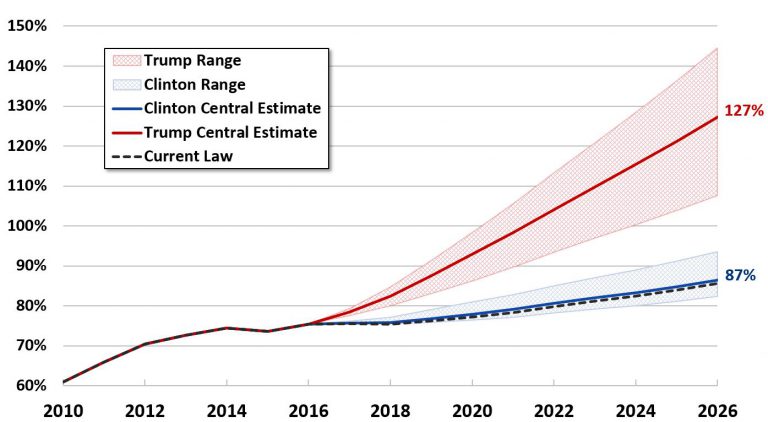
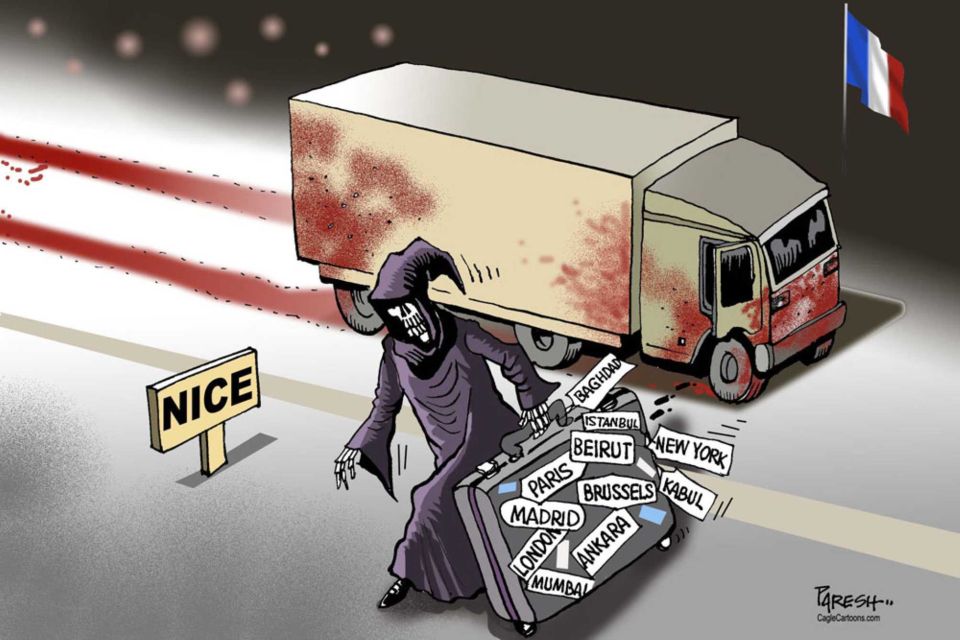

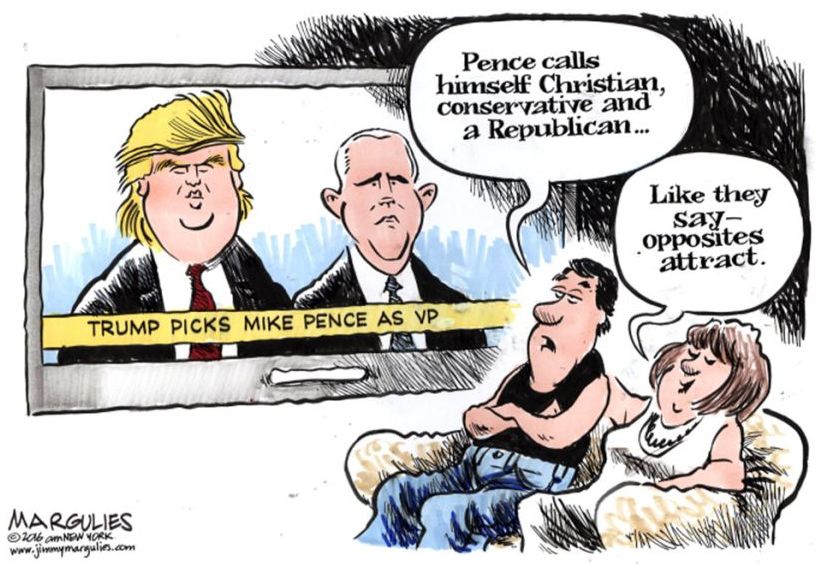
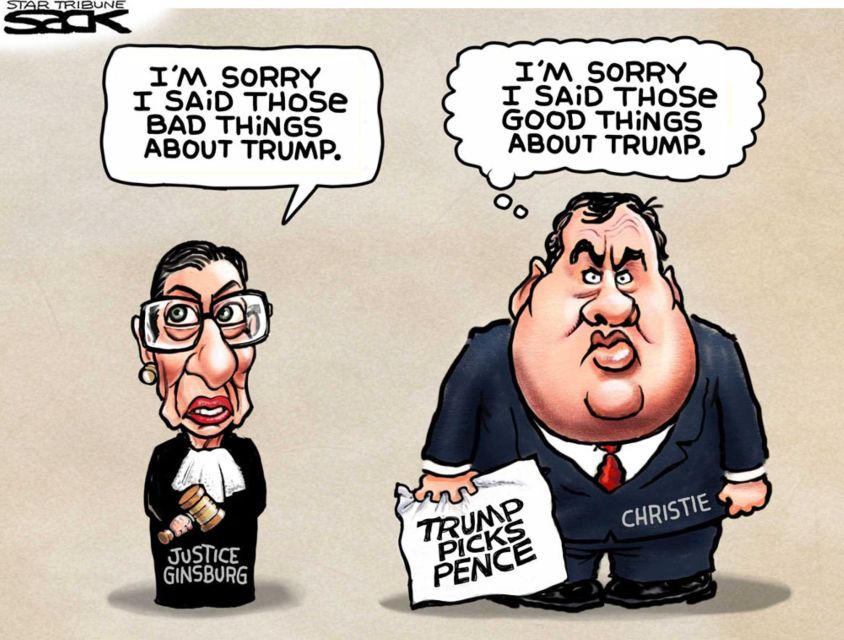
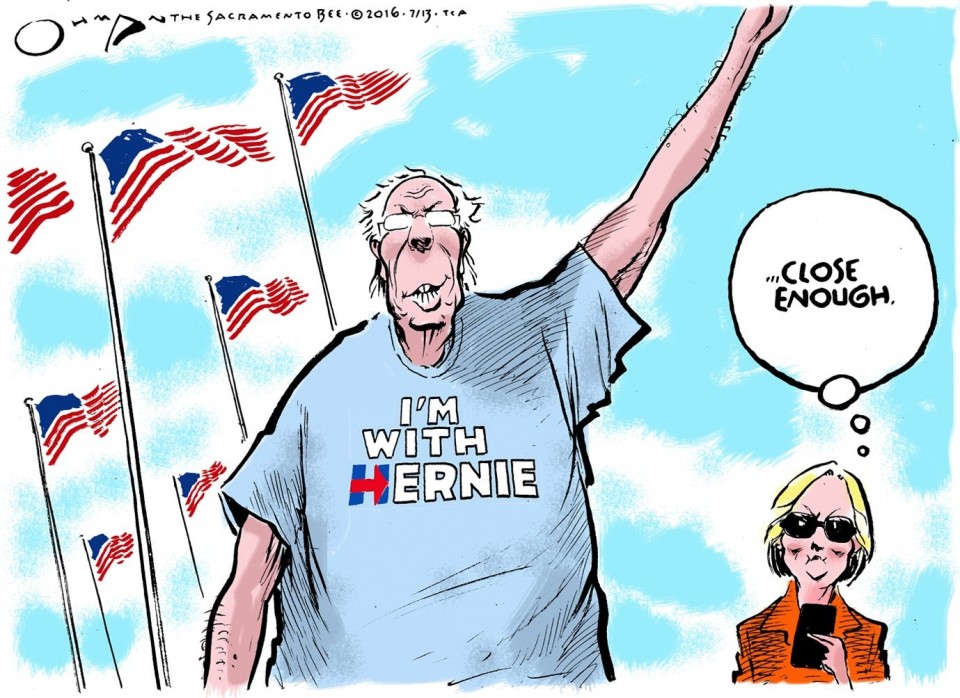 America has decided:
America has decided: